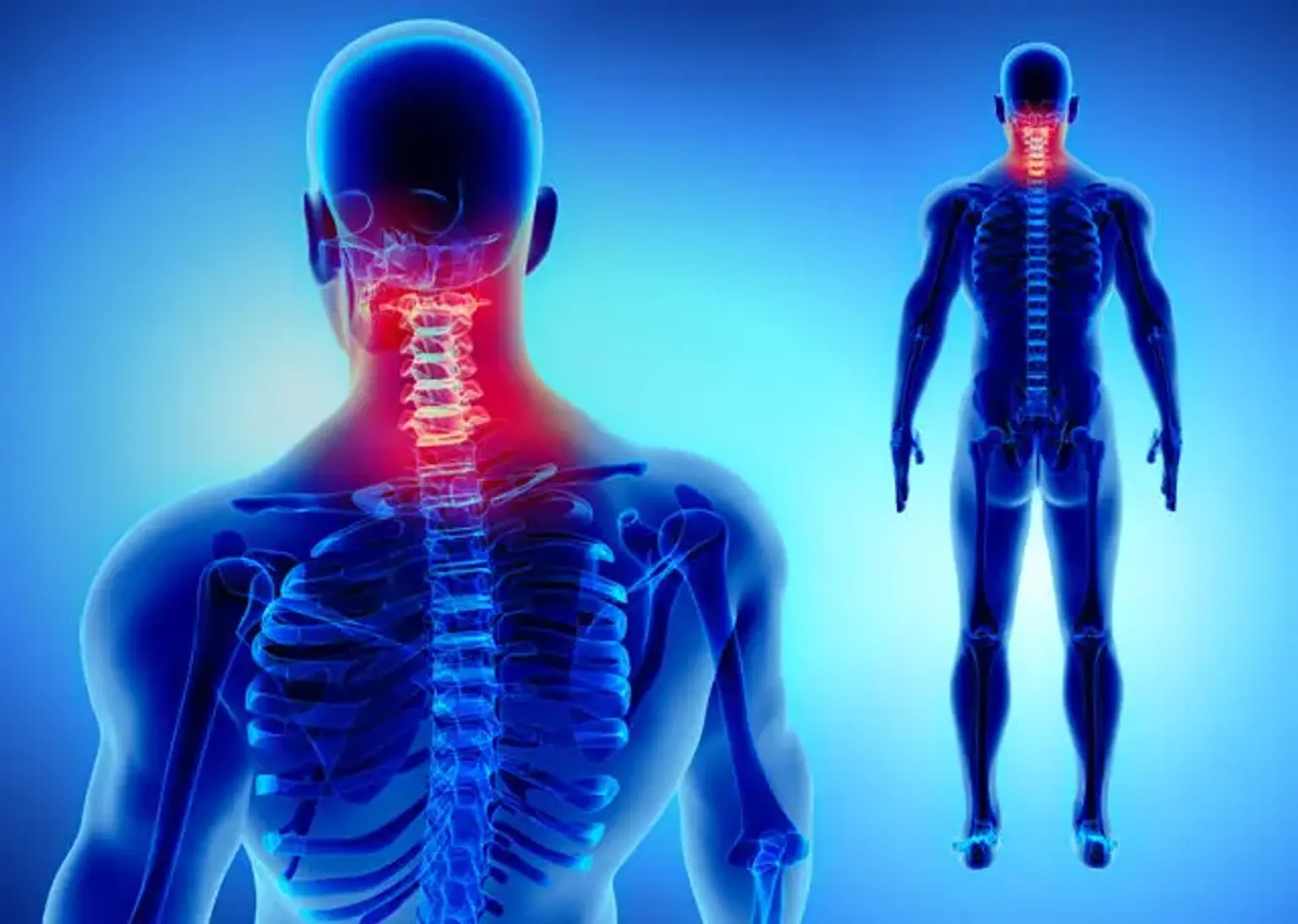Neck pain
Overview
Neck pain is defined as pain that originates in the neck and radiates down one or both arms. Neck discomfort can be caused by a variety of conditions or diseases that affect any of the tissues in the neck, including nerves, bones, joints, ligaments, and muscles. The cervical spine, or neck part of the spinal column, is made up of seven bones (C1-C7) that are separated from one another by intervertebral discs. During exercise, these discs allow the spine to move freely and function as shock absorbers.
Each vertebral bone contains an aperture that creates a continuous hollow longitudinal cavity that traverses the length of the spine. The spinal canal is the space through which the spinal cord and nerve bundles flow. The spinal cord is encased by a protective covering called the dura, a leathery sac, and is bathed in cerebrospinal fluid (CSF).
